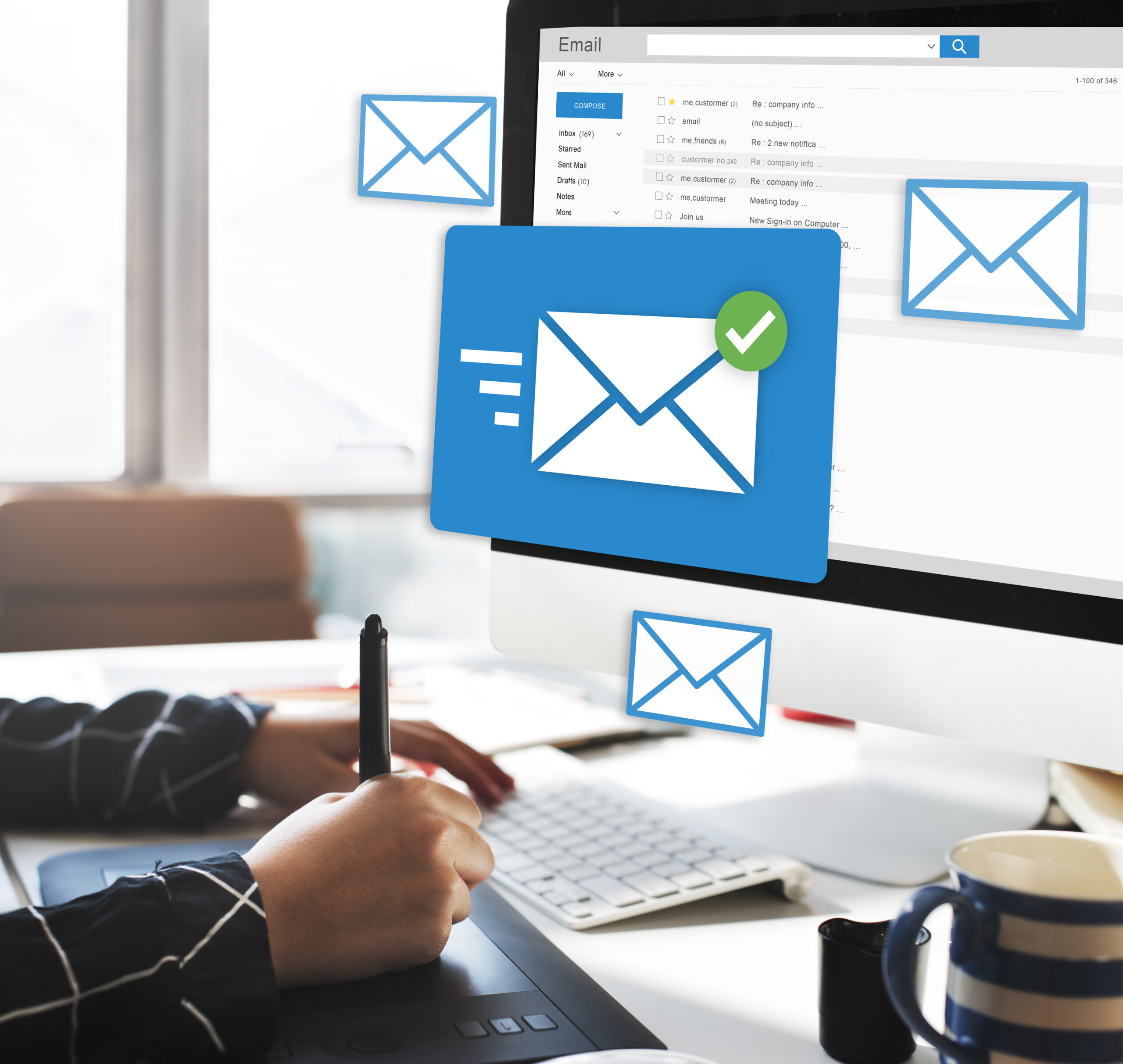
Time is money in the realm of internet marketing, and efficiency is crucial. One of the best lead creation techniques is already in place if you’re giving away a free eBook in return for email signups. The problem is that after someone subscribes, each eBook is sent out by hand. Not only is that tiresome, but it is also totally needless.
So offering free eBooks to your subscribers does not have to be a complex process.Without doing any work after the initial setup, you can use email automation to develop a smooth, hands-off system that promptly sends your eBook to new subscribers, fosters trust, and keeps your audience interested. This post will explain how to automate the delivery of your eBooks, covering everything from list setup to tool selection.
What Is Email Automation?
Email automation is the process of automatically sending emails to your subscribers in response to preset actions or triggers. You set up a system where emails are sent instantly whenever someone joins your list, rather than having to write and send them by hand. These emails can be anything from a welcome message to a thank-you email with a downloaded eBook or even a series of emails that gradually nurture leads.
You may make automation as easy or as difficult as you choose. An email with your eBook link is sent out automatically when someone completes your sign-up form. This is the usual configuration for eBook delivery. That is all. Once you set it, it will operate automatically.
How to Set Up an Automated Email List
The process of creating an automatic email list starts with a few easy steps. The first step is to find an email marketing service provider, such as AWeber, where you can grow your list, manage automation, and design your form.
- Make a landing page or sign-up form:Create a form first, where readers may submit their email address and name to download your eBook. You may add eye-catching calls-to-action, colors, and graphics to forms on a variety of platforms.
- Link the Form to Your Email List: After your form is made, it need to go straight into a new list or email marketing tool segment. The emails of all those who sign up for your complimentary eBook will be stored in this list.
- Utilize Segments or Tags for Organization: It’s useful to tag subscribers according to the purposes for which they signed up. Use a tag like “eBook-download” for instance, so you can keep track of who has got the offer and send them relevant information later.
With these steps complete, you now have a list that can trigger an email automation process whenever someone subscribes to your emails.
How to Automate the Email Sending Process
It’s time to develop the automated procedure now that your emailing list is ready.
- Create an Autoresponder or Automation Sequence: In your email marketing platform, set up an automated message that is sent when a new member joins your eBook list. This message is sometimes referred to as a “welcome email” or “confirmation email.”
- Create an Eye-Catching Email Delivery: Keep it brief, easy to understand, and courteous. Give them the link to download the eBook, thank them for registering, and explain what to expect. Use a catchy and attention-grabbing subject line, such “Your Free eBook is Here—Enjoy!”
- Test Before You Launch it: Make sure everything functions properly by creating a test account using your own email. Verify that the email is received on time and that the eBook link is operational.
Your system is prepared to operate on its own once this procedure is finished. Every new subscriber will receive their eBook right away; you won’t need to do anything else.
Which Tool Is Commonly Used for Email Automation?
Your goals, financial situation, and degree of experience will all play a role in which email marketing platform you choose. A few popular choices are as follows:
| Tool | Best For | Key Features |
|---|---|---|
| AWeber | Beginners & seasoned affiliate marketers | Easy automations, landing pages, tagging |
| Mailchimp | E-commerce & small biz | Templates, segmentation, product integration |
| ConvertKit | Content creators | Visual automation builder, tagging |
| GetResponse | All-in-one marketers | Funnels, webinars, email automation |
Because of its ease of use and smooth automation, I highly suggest using AWeber, which I use in my affiliate marketing business. It is simple to use for beginners, offers lovely forms and templates, and simplifies the process of configuring automations.
What Are the Three Benefits of Automating Emails?
The three benefits of email automation are saving time, highly pleased subscribers, and expansion.
Automation eliminates the need to manually verify subscribers and send each one an email. Your system manages every enrollment in real time, regardless of how many you receive—five each week or five hundred. Automation truly is a timesaver.
People enjoy receiving what they desire quickly. It creates trust and raises the likelihood that someone will check your subsequent emails when they sign up and obtain your eBook right away.
Email automation is designed to expand together with you. You can begin with a straightforward eBook distribution and then expand it with drip campaigns, welcome series, or product promotions—all of which are scalable and automated.
Embrace the “Set It and Forget It” Strategy
Sending your eBook to each subscriber by hand could seem feasible at first, but as your list gets bigger, it becomes unsustainable. Automation guarantees that your subscribers receive immediate value while allowing you to concentrate on other aspects of your business.
Creating a form, composing a welcome email, setting up your email list, and automating the process are all one-time tasks that yield ongoing benefits. It improves user experience, fortifies your brand, and establishes professionalism. The automation process can ultimately result in far more significant company success.
You can “set the email automation and forget about it” and let your email system function while you sleep if you have the correct setup and tools.
“Here’s a little transparency: Our website contains affiliate links. This means if you click and make a purchase, we may receive a small commission. Don’t worry, there’s no extra cost to you. It’s a simple way you can support our mission to bring you quality content.”

